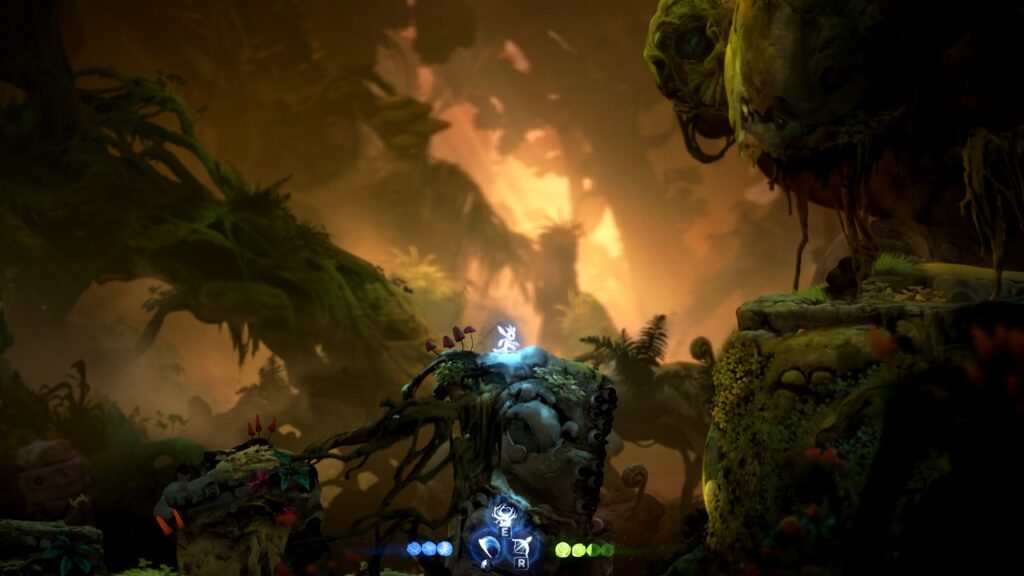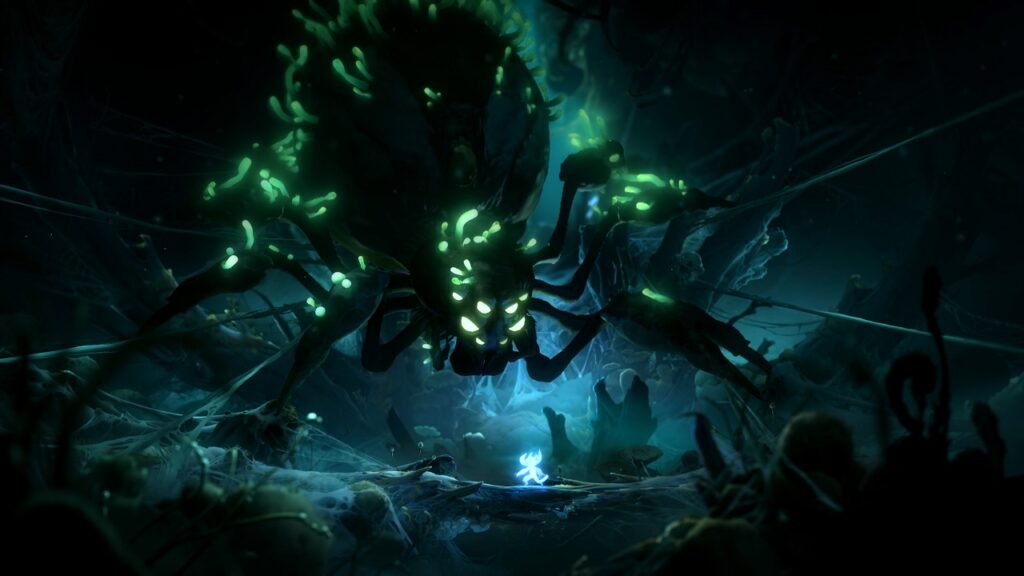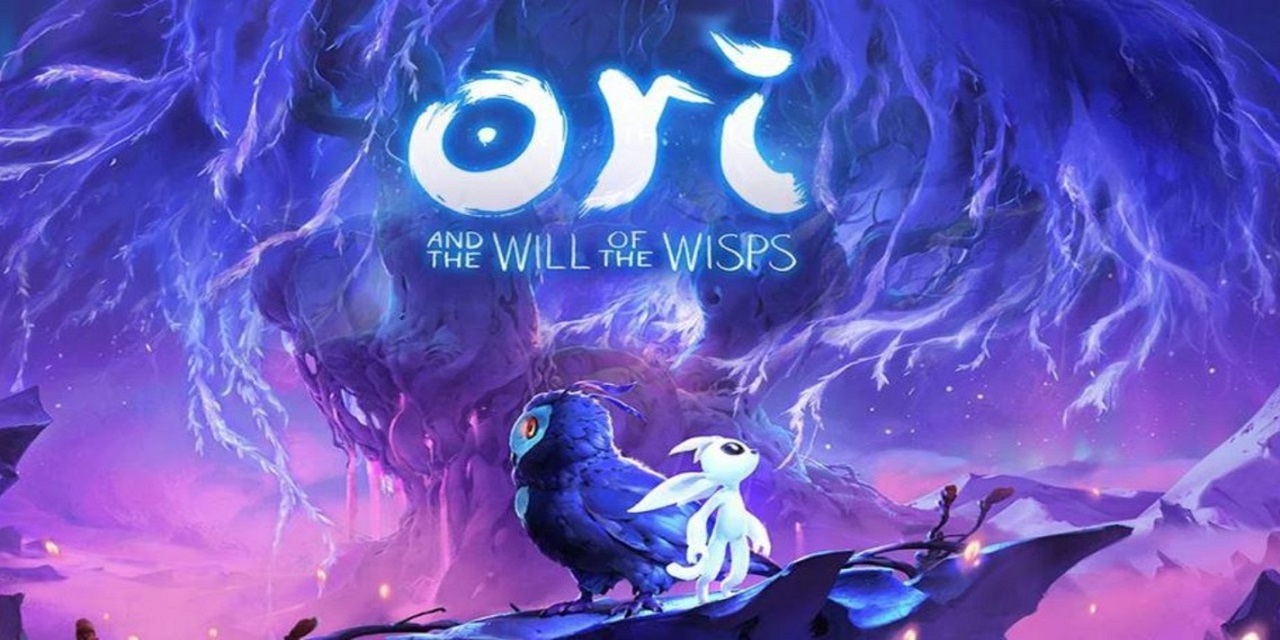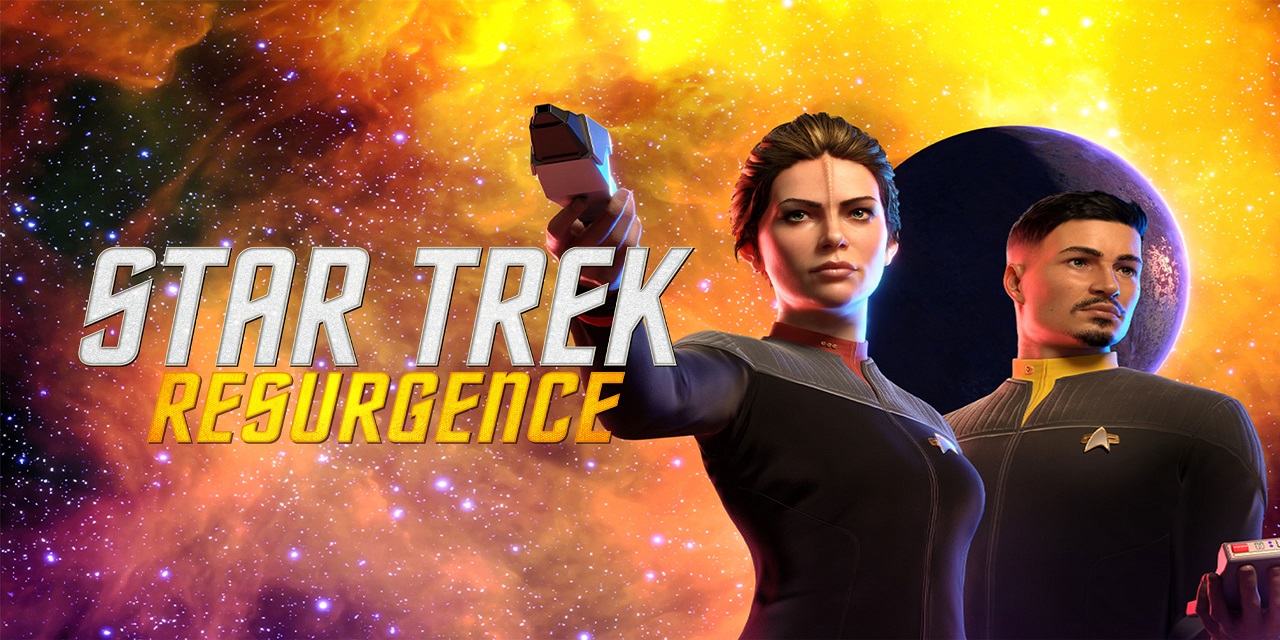Ori and the Will of the Wisps is a platforming metroidvania game developed by Moon Studio and published by Xbox Game Studios. It launched in March 2020 on Xbox and Steam, and September 2020 on Nintendo Switch. A direct sequel to Moon Studio’s 2015 acclaimed first title, Ori and the Blind Forest, Will of the Wisps has you again play as Ori, a white guardian spirit in Swallow’s Nest, one of the many sections of the lush forests of Niwen.
The familiar music from composer Gareth Coker is back and straight away sets the tone well for each scene. Naru and Gumo are present from the first game, nursing a young owl called Ku, the last surviving offspring of Kuro the owl. Once again this is a heart-warming introduction to the game, showing the interaction between Ori as Ku grows, thankfully without as much of an emotional gut punch as the first game. Ku is learning how to fly but is limited by a damaged right wing. The sky is calling to Ku as she sees geese flying in the distance but is continually frustrated with her deformed wing. Ori comforts Ku as best as he can, sitting beside Ku day and night like all best friends do.

The narrator’s guttural voice prompts Ori to remember the past and Kuro’s final parting gift from Blind Forest, Kuro’s Feather. With this and by holding shift on the keyboard, it allows Ori to glide across long distances. He takes this feather to Ku where Naru and Gomu manage to affix the feather to Ku’s wing. With Ori on her back, you control Ku as she excitedly launches off a ledge, and with a shaky start she sours high into the sky. Naru and Gomu wave as Ku and Ori fly through the clouds, soaring blissfully around the landscape. That was until a fierce thundery storm blows the feather out of Ku’s wing and the two are separated by the force of the wind, landing in separate parts of the dense forest of Nibel. This is where the main story begins.
From here you are back in control of Ori in Inkwater Marsh where you start with three energy and three life orbs. At the bottom of the screen, you have ability slots that are bound to left mouse button, ‘E’ and ‘R’ on the PC, but they are initially empty. You could also use ‘Z’, ‘X’ and ‘C’, or any combination of buttons given you will have the ability to rebind your keys – a much sought after feature for PC players. The music is sombre as you hear thunder crackling in the background, and flashes of lighting help illuminate your surrounds. Playing on keyboard and mouse felt a bit more clunky than playing with an Xbox controller, which I had spent 10 minutes mucking around with prior to starting on PC. I found I don’t have as much control over my movement than with a controller, however this is negated further into the game when you unlock abilities and can grapple enemies and objects.

You collect life cell and energy cell fragments and spirit lights which are the game’s currency, discovering secret hidden caves and quickly learn the perils of the game, including those dastardly thorn brambles. The game’s map, accessed by pressing ‘M’ is incredible, having not experienced it myself in Blind Forest. In the game’s options is a toggle to show Ori’s recent trail which became invaluable for remembering where I have been. There is a lot of running backwards and forwards in this game. As the adage goes, sometimes to you need to go backwards to go forwards. I was starting to see obstacles, such as a pile of thin logs blocking a pass, light sources attached to vines and other objects that just scream for me to interact with them. I will be able to surpass them, but only after unlocking a relevant skill or spirit shard.
The initial combat in Ori and the Will of the Wisps comes when you find a flaming torch. Using the left mouse button or pressing ‘Z’ enables you to swipe at monsters. Abilities come in the form of light burst that replaces your torch after a scary waterfall sequence, double jump, wall jump, stomp and bash. Spirit shards are equippable upgrades found through general gameplay and can be purchased from npc vendors. Where the spirit shards differ from Blind Forest is they can be hot swapped and upgraded in any order that suits your play style. You are initially limited by the number of shard slots you have, with a maximum of 8 equippable towards the end of the game, out of a total 35 that you can obtain. Spirit shards give you passive abilities such as energy efficiency (reducing energy costs), magnet (orbs float to Ori from half a screen away), to enhancement abilities such as triple jump (so bloody useful), splinter (splitting projectiles into three with 33% damage each) or sticky (stick and climb on walls).

I always had my staple spirit shards I relied on, and then was able to trial other ones with my last slot depending on the situation. Some spirit shards also come at a cost, like reckless which increases the damage you deal by 15%, but also increases the damage taken by 15%, so it’s a tradeoff. Shard slots are unlocked by completing Combat Shrines through the world. These throw waves of monsters at you that you must defeat for rewards. Another big addition to Ori and the Will of the Wisps is Spirit Trials. These metroidvania style platform games often attract speedrunners – gamers who work hard to find the best and fastest route to complete sections of games, or world record completions of whole games.
I have never delved in speed running, often because I can get frustrated by constant defeated attempts to pass an area that I get impatient and move on. However, when I came across the first spirit trial and watched as the game showed me the path I had to take, I immediately gave it a go, and boy was I hooked on these. It shows you a ghost of Ori which sets the par for the course. I’m unsure if this is the ghost of the next online player who did the course faster than me, as there are in-game leaderboards for these spirit trials. However, after only a couple of attempts I was successful in completing the first trial and I was hungry for more.

This brings me back to a point I made earlier. The music of Ori and the Will of the Wisps is just so damn beautiful. Mix it with the soft art aesthetics of the game, with a depth perception that had me staring at the backdrops in wonder. And no matter how bloody frustrating some of the challenges were, I just couldn’t get mad at the game. I was constantly stopping what I was doing to marvel at the amazing environment art I was in at the time – in particular some of the underwater scenes. I loved how the sound muffled slightly when I was underwater. I was streaming my gameplay and It’s these subtle changes that add so much to the atmosphere of this game which viewers enjoyed.
I was told Act 1 takes around 3-4 hours to complete – it took me 9, and I could have taken longer. The alure of seeing ‘100% complete’ on each of the map zones kept driving me to jump, dash and grapple further within each zone. The ability to warp around the zones was incredible and so useful, considering the pace at which you unlock abilities. You must be willing to move on quickly from a currently impassable obstacle/area, with the knowledge that you will eventually unlock that particular ability. The game’s map shows all of the grey areas that you haven’t been able to get to, and they become reminders of where you can go next if you are looking for a change of scenery.

Overall, I am in absolute love with Ori and the Will of the Wisps. It’s been a long time since a game has appealed to all of my gaming senses, with its gorgeous environments and backdrops, the fluid movement and combat, and music that perfectly ties this all together and plays with your emotions. I highly recommend all gamers give Ori and the Will of the Wisps a chance, even if platformers aren’t your style.
This review utilised an Xbox game key provided by Microsoft/Xbox for review purposes. Ori and the Will of the Wisps available now on Xbox, Steam and Nintendo Switch.
#roundtablecoop




